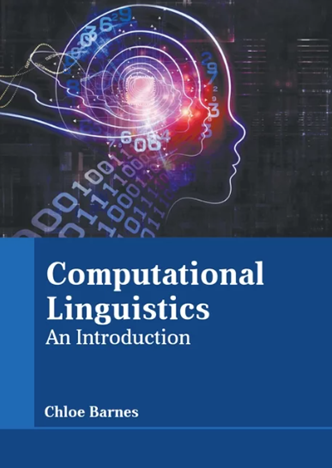从最基本的认知原则出发,进行基于使用的语法归纳
IF 5.3
2区 计算机科学
引用次数: 0
摘要
本研究探讨了人类通过语法归纳获得语言的认知机制,这种认知结构以简短灵活的序列记忆为最核心特征。我们使用强化学习来完成从人工语言的词流中识别句子的任务。结果表明,该模型有能力识别频繁出现且信息量大的多词块,再现了自然语言习得的特点。该模型成功地驾驭了不同程度的语言复杂性,通过重复使用顺序模式有效地适应了组合挑战。解析树结构的出现表明,句子识别任务在经济性和信息量之间实现了优化。认知架构反映了人类记忆系统和决策过程的方方面面,增强了其认知合理性。虽然该模型在泛化和语义表征方面存在局限性,但其简约的性质为语言学习的一些基本机制提供了启示。我们的研究证明了这种简单结构的力量,并强调了序列记忆在语言学习中的重要性。由于其他动物似乎没有忠实的序列记忆,这可能是理解为什么只有人类发展出复杂语言的关键。本文章由计算机程序翻译,如有差异,请以英文原文为准。
Usage-based grammar induction from minimal cognitive principles
This study explores the cognitive mechanisms underlying human language acquisition through grammar induction by a minimal cognitive architecture, with a short and flexible sequence memory as its most central feature. We use reinforcement learning for the task of identifying sentences in a stream of words from artificial languages. Results demonstrate the model’s ability to identify frequent and informative multi-word chunks, reproducing characteristics of natural language acquisition. The model successfully navigates varying degrees of linguistic complexity, exposing efficient adaptation to combinatorial challenges through the reuse of sequential patterns. The emergence of parsimonious tree structures suggests an optimization for the sentence identification task, balancing economy and information. The cognitive architecture reflects aspects of human memory systems and decision-making processes, enhancing its cognitive plausibility. While the model exhibits limitations in generalization and semantic representation, its minimalist nature offers insights into some fundamental mechanisms of language learning. Our study demonstrates the power of this simple architecture and stresses the importance of sequence memory in language learning. Since other animals do not seem to have faithful sequence memory, this may be a key to understanding why only humans have developed complex languages.
求助全文
通过发布文献求助,成功后即可免费获取论文全文。
去求助
来源期刊

Computational Linguistics
Computer Science-Artificial Intelligence
自引率
0.00%
发文量
45
期刊介绍:
Computational Linguistics is the longest-running publication devoted exclusively to the computational and mathematical properties of language and the design and analysis of natural language processing systems. This highly regarded quarterly offers university and industry linguists, computational linguists, artificial intelligence and machine learning investigators, cognitive scientists, speech specialists, and philosophers the latest information about the computational aspects of all the facets of research on language.
 求助内容:
求助内容: 应助结果提醒方式:
应助结果提醒方式:


